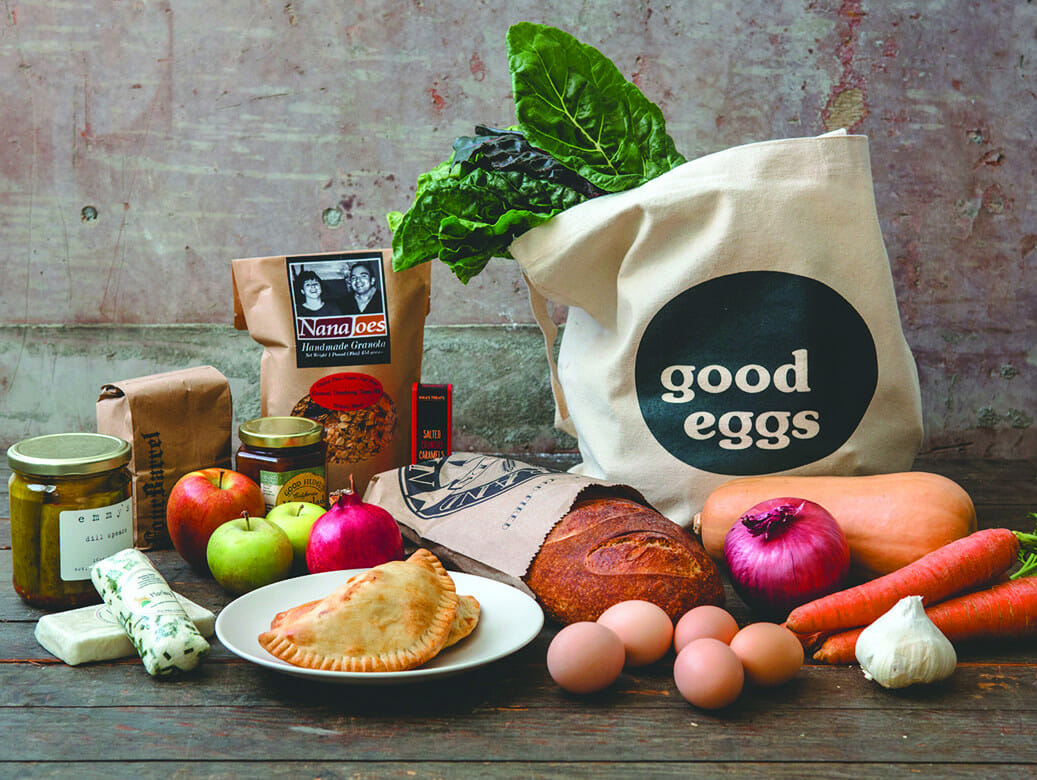The CSA model moves online.

Entrepreneur Ellen McGeeney believes that online commerce can save small farms.
“My fantasy is a partnership with Amazon,” says McGeeney, former president of Grasshoppers Distribution, an organization with more than 1,200 subscribers that works with farmers around Louisville and southern Indiana to deliver their produce.
Get ready: a new local food delivery economy is upon us. And online vendors could very well be delivering much of our farm-fresh produce in the near future.
One model takes the Community-Supported Agriculture (CSA) concept to the digital realm. Typically, a CSA member signs up to receive produce or meat at certain intervals (say, weekly or monthly) and is limited to whatever is in season. But Grasshoppers’ customers can order their boxes online and choose what products they receive, instead of just getting a ï¬xed box from one farm.
More choices are key to attracting a larger market of local food lovers, but it’s that “last mile” – getting the food to the customers – that can be tough for small farmers, according to Rob Spiro, co-founder and CEO of Bay Area”“based Good Eggs. Customers want convenience, but farmers are constrained by space, time and weather. Spiro launched Good Eggs to help with those issues, by giving farmers and artisan food makers a virtual stand at which to display their wares, and consumers a place to ï¬nd them.
Farmigo, another tech-savvy local food organization, offers software that helps farmers with all the logistics of running a CSA, from ï¬nances to route planning. A few companies are even including CSA subscriptions from Farmigo in their employee beneï¬ts packages. Outside the U.S., the online marketplace for local food is a few steps ahead. Riverford, England’s biggest online farm delivery service, reaches more than 40,000 people per week. In Denmark, Aarstiderne has been delivering CSA boxes since the late ’90s, and now delivers to nearly 50,000 families a week, dwarï¬ng all U.S. operations of its kind.
These new vendors promise a win-win for farmers. By letting one of the new delivery services get their products to market, they have more time for the ï¬elds, according to Erin Barnett, director of LocalHarvest, an online database of more than 5,000 CSAs. But as companies rush to cash in on shoppers’ desires for organic and local food, Barnett strongly encourages customers to do their homework and watch out for websites that “supplement” local foods or don’t inform customers about where their food comes from or what sort of arrangements they have with farmers – admittedly, less of a problem when it’s just a farmer, a sign-up sheet and a vegetable box at your local farm stand.